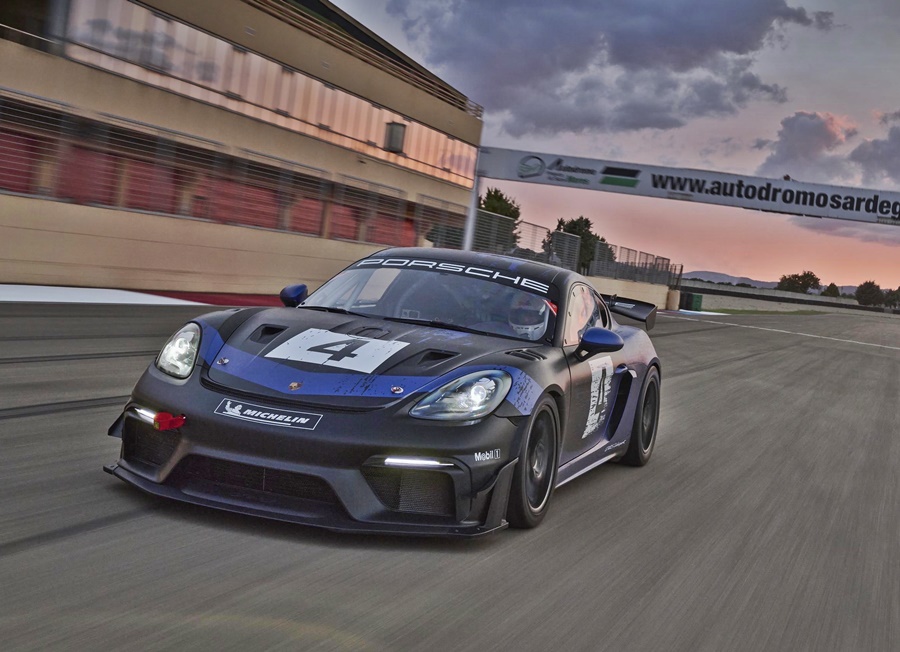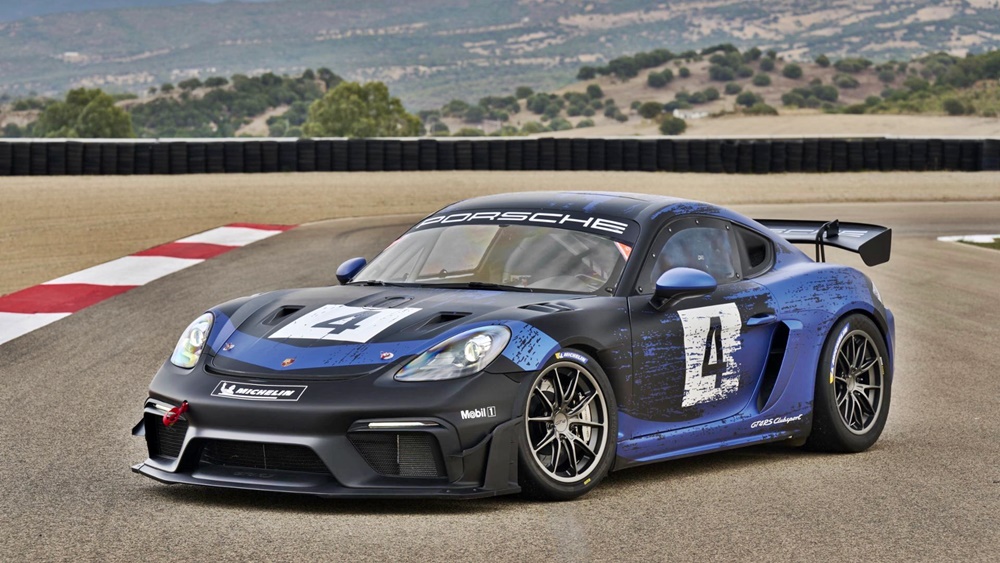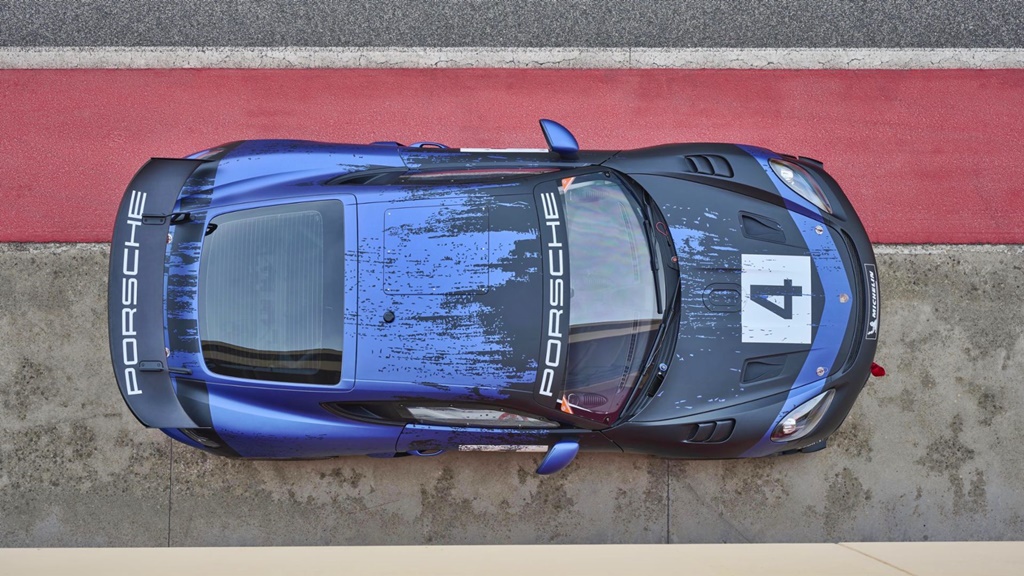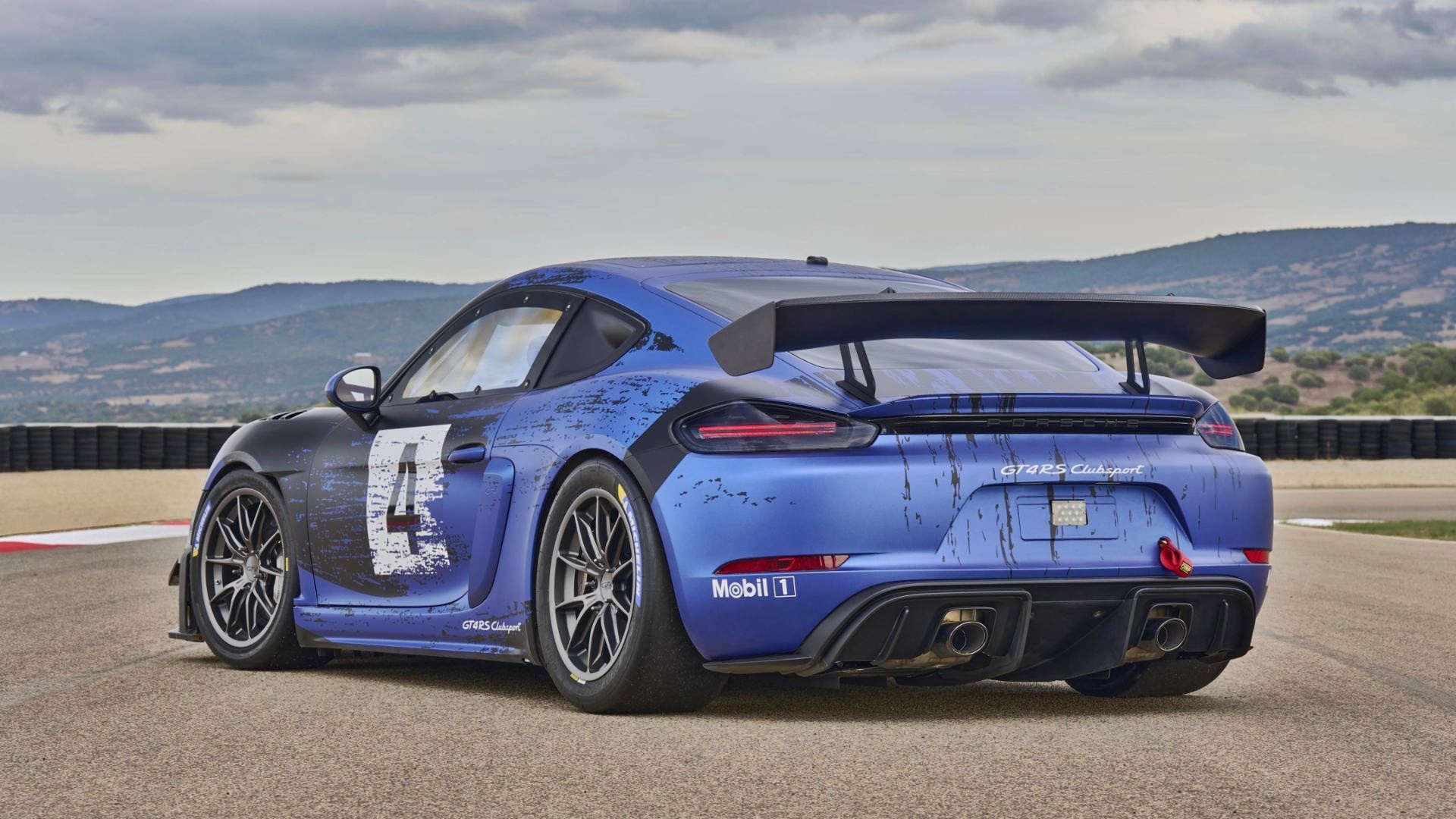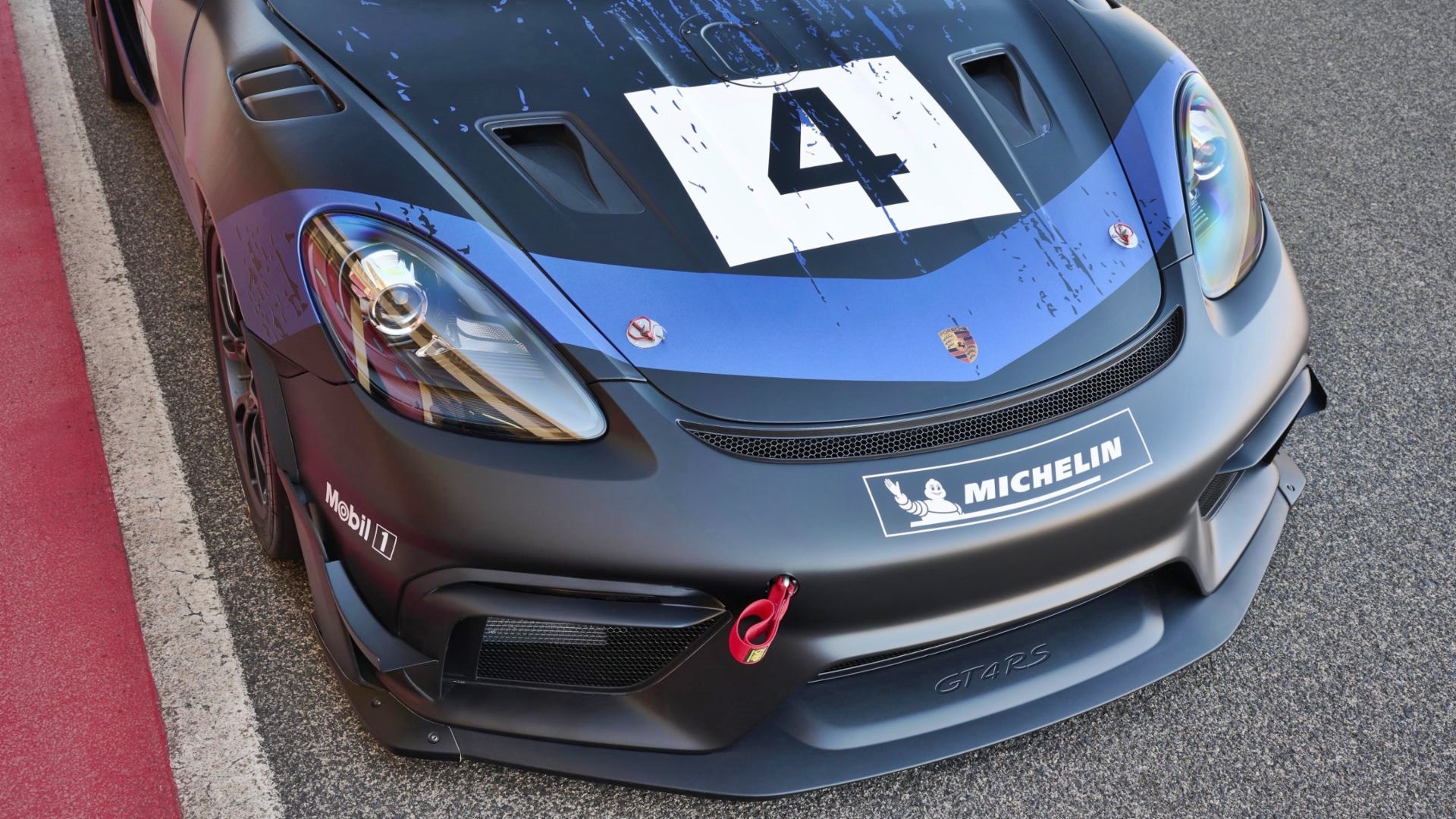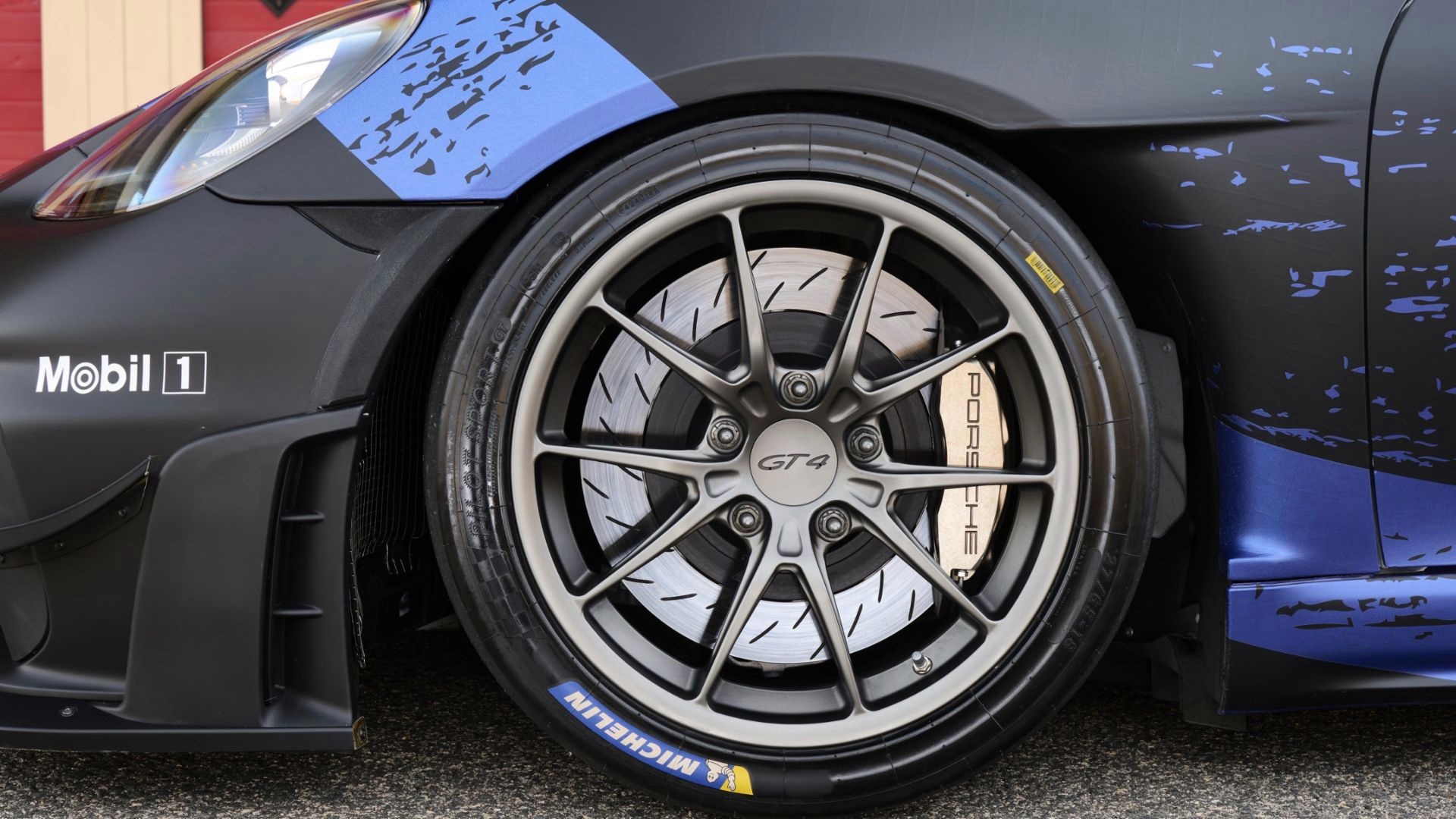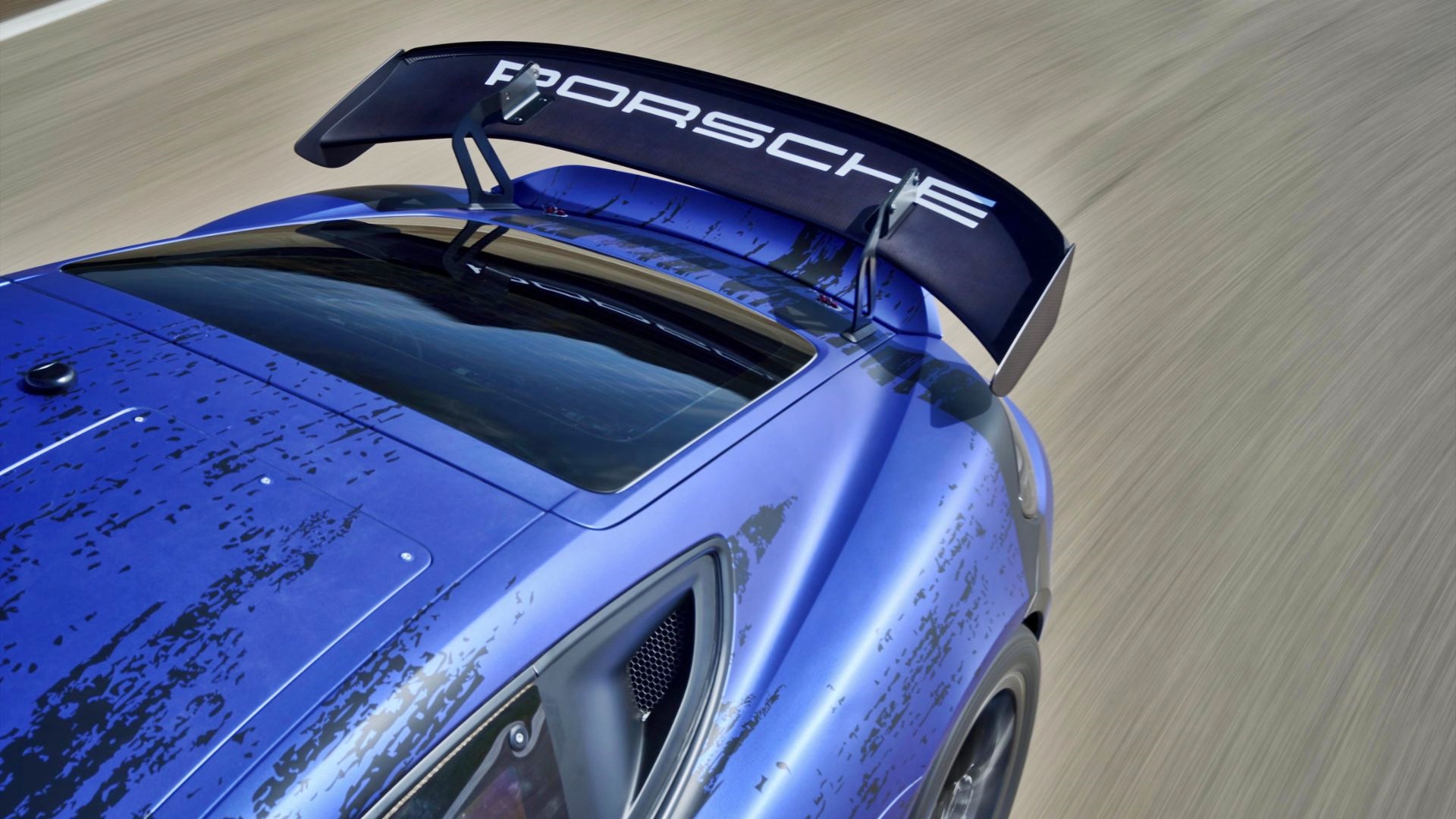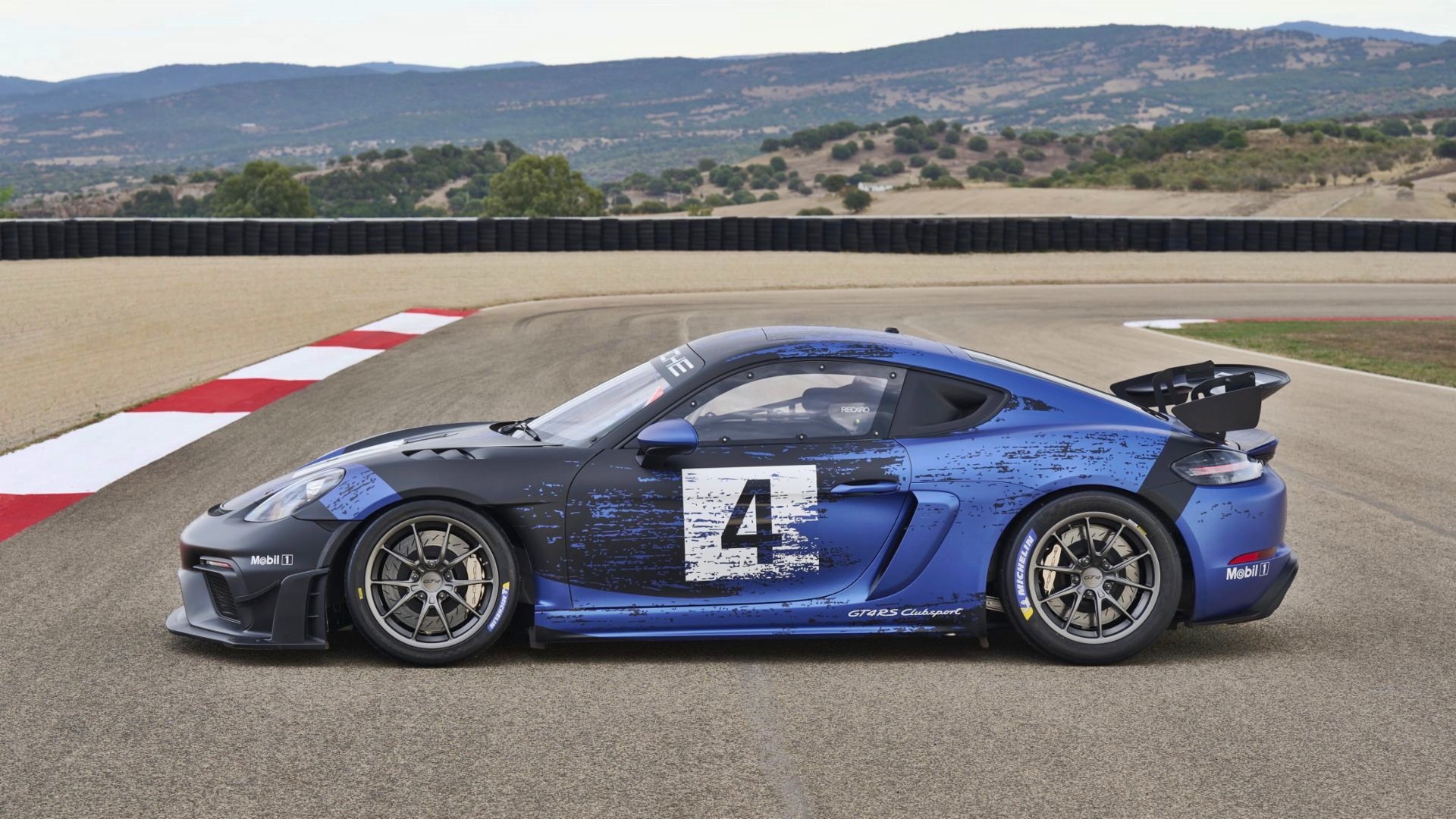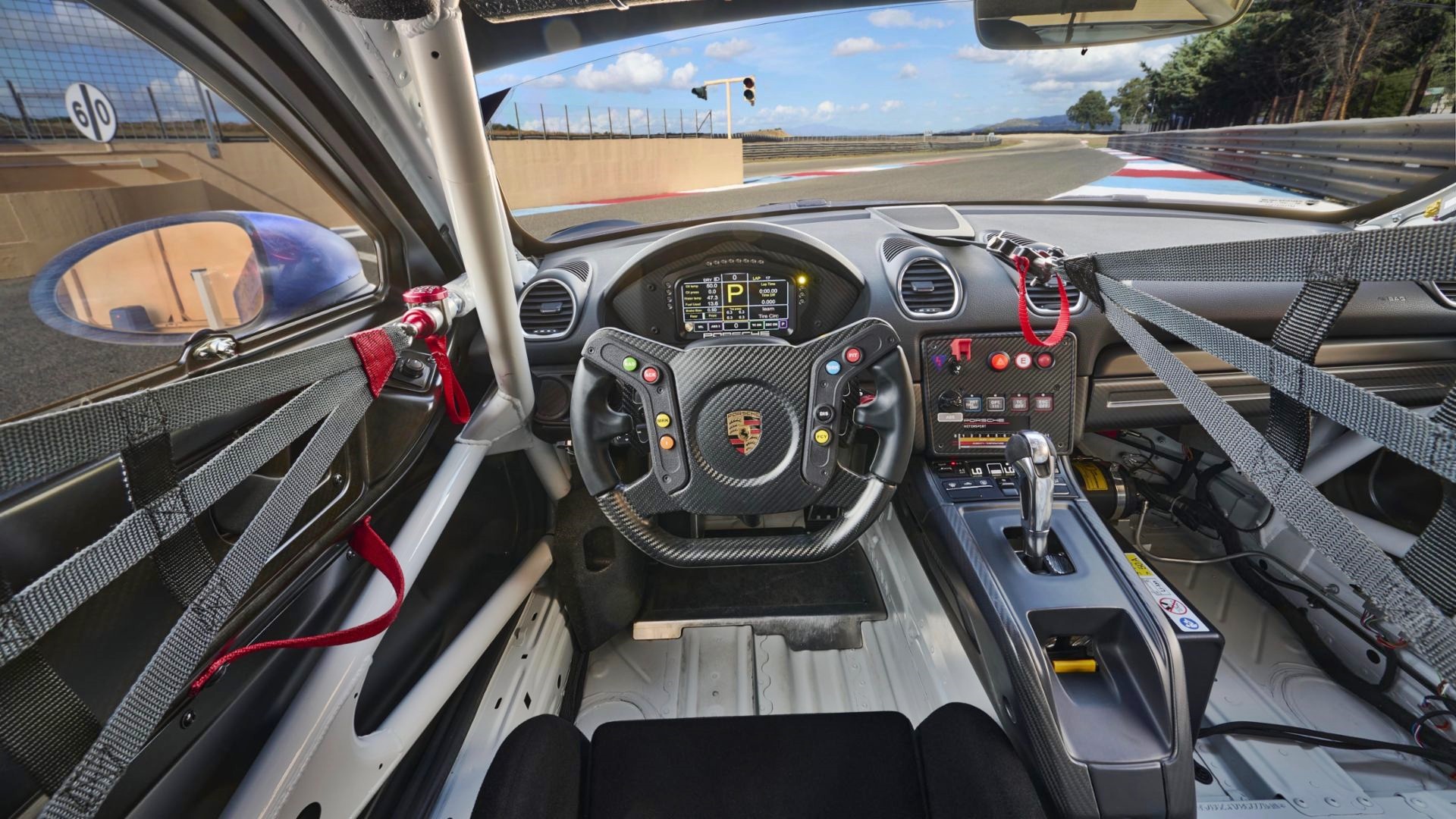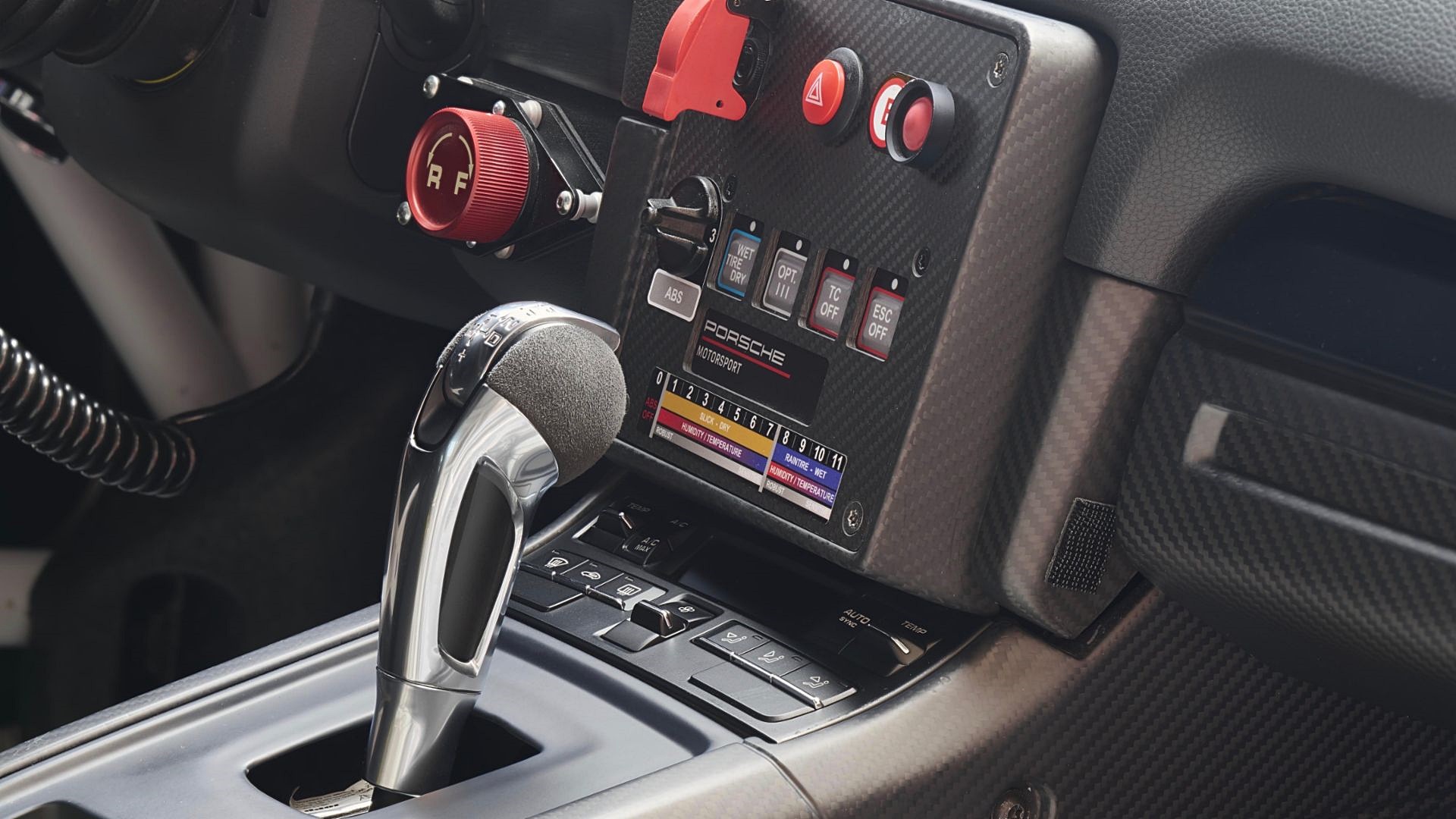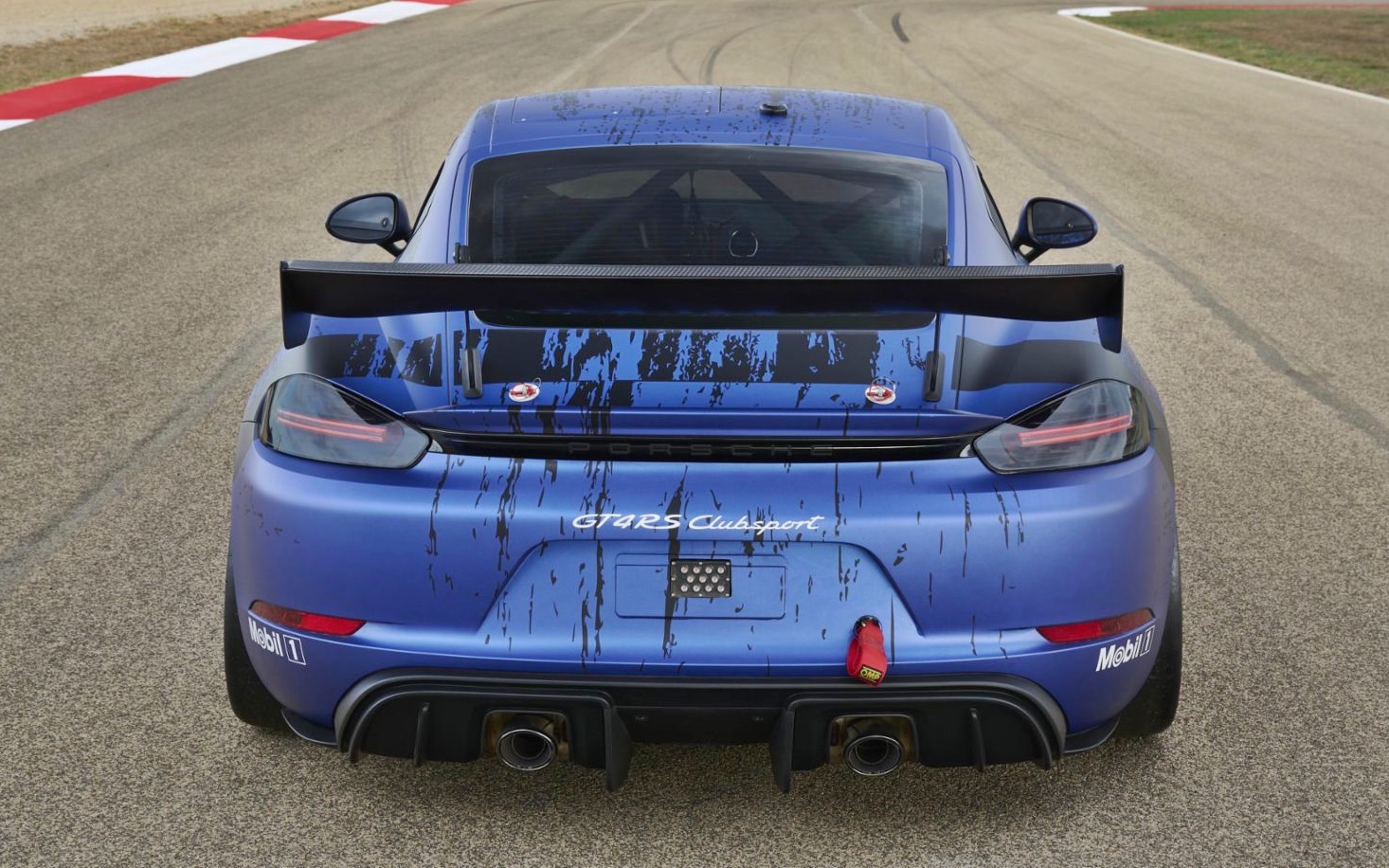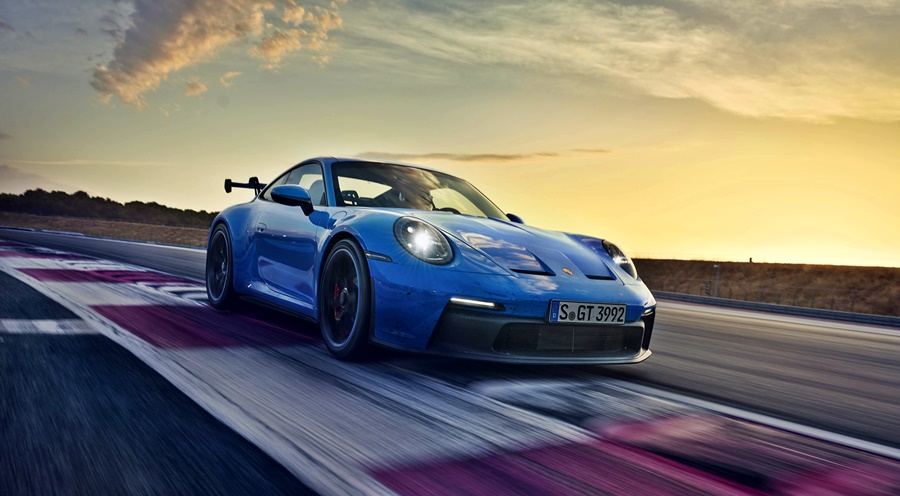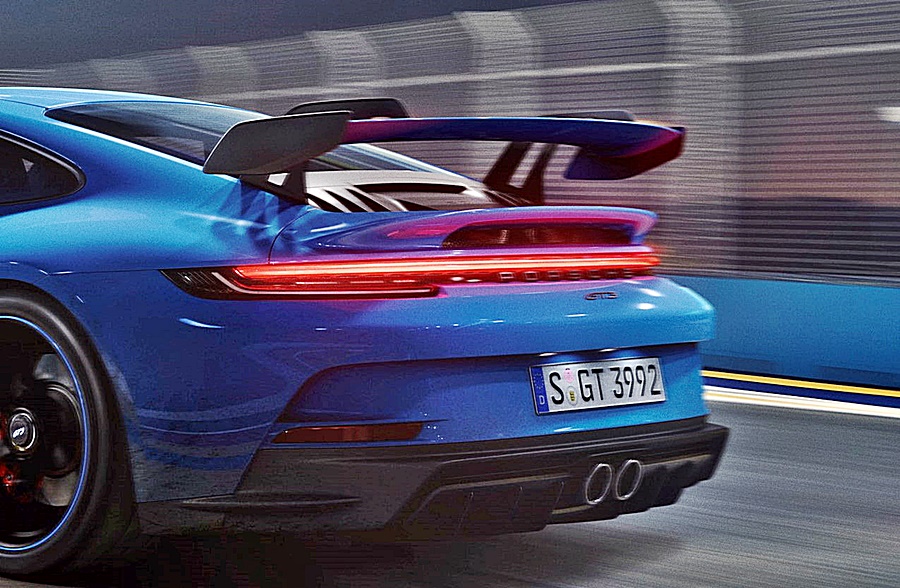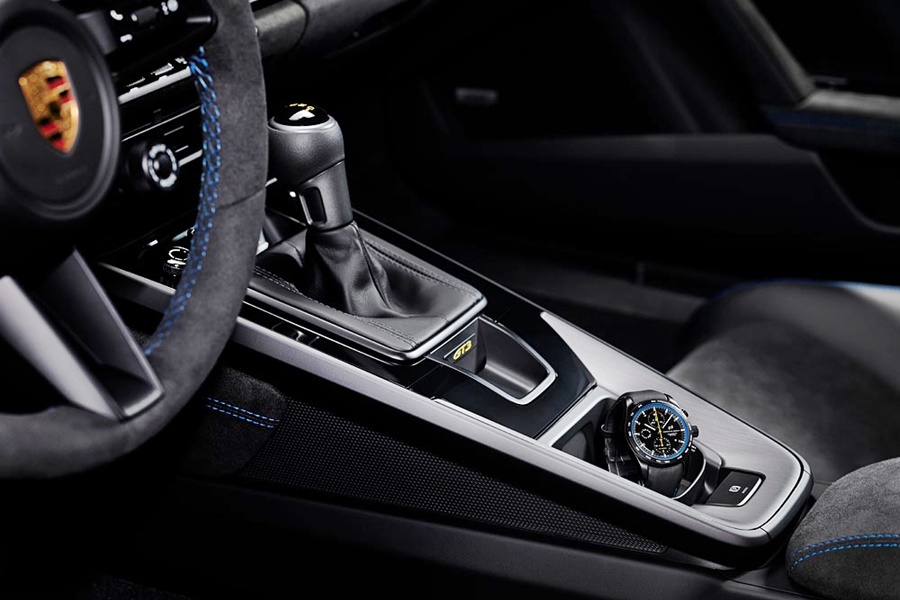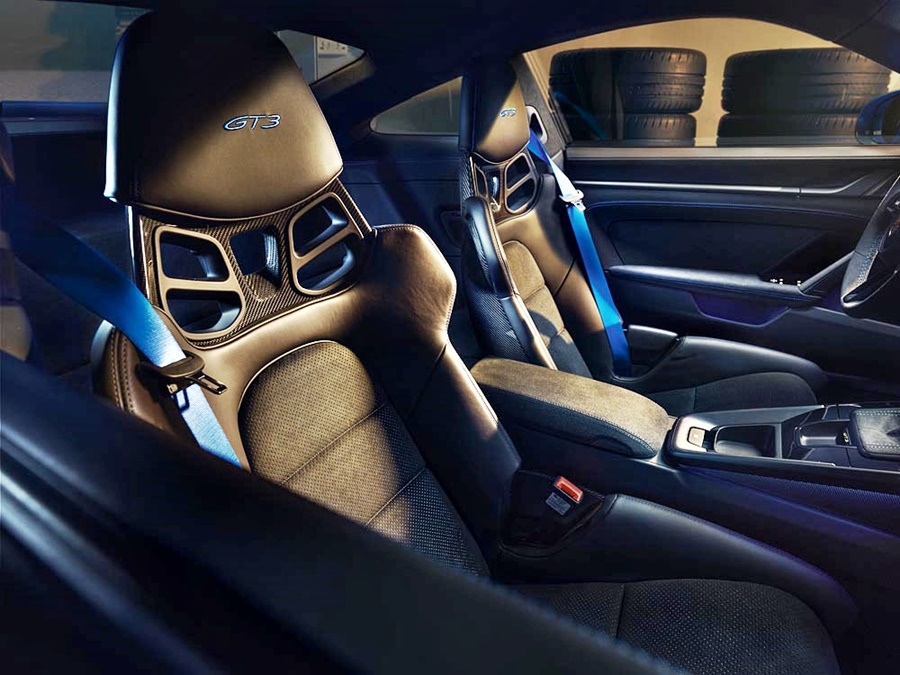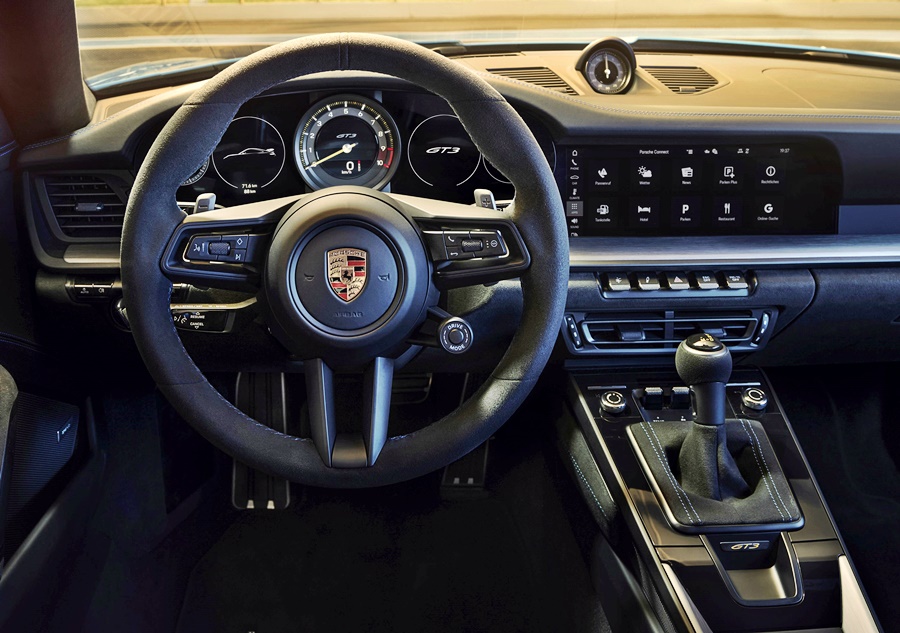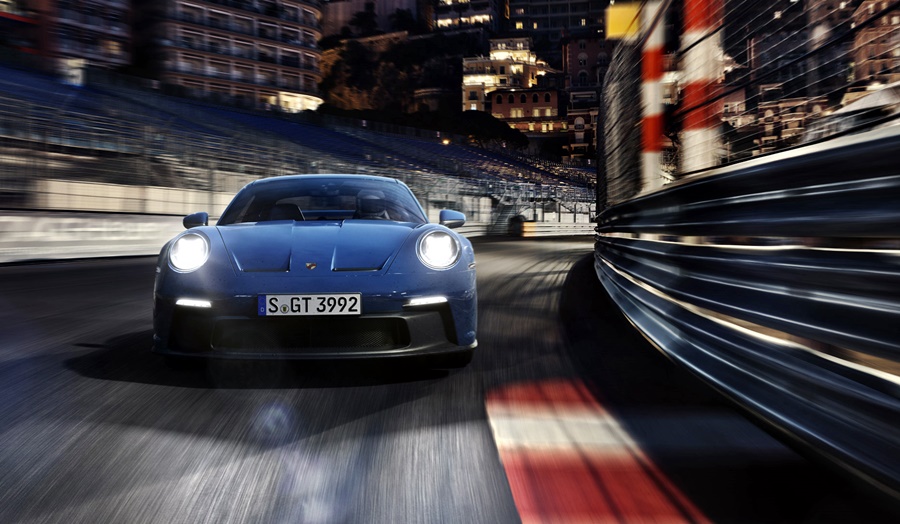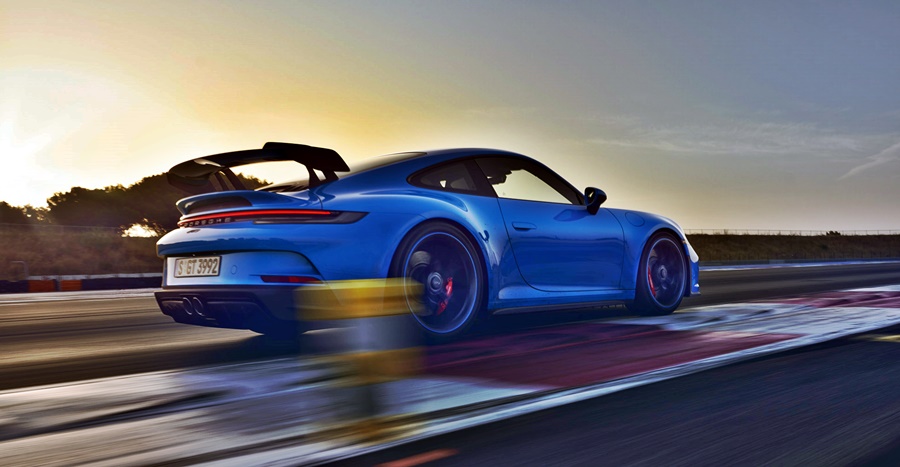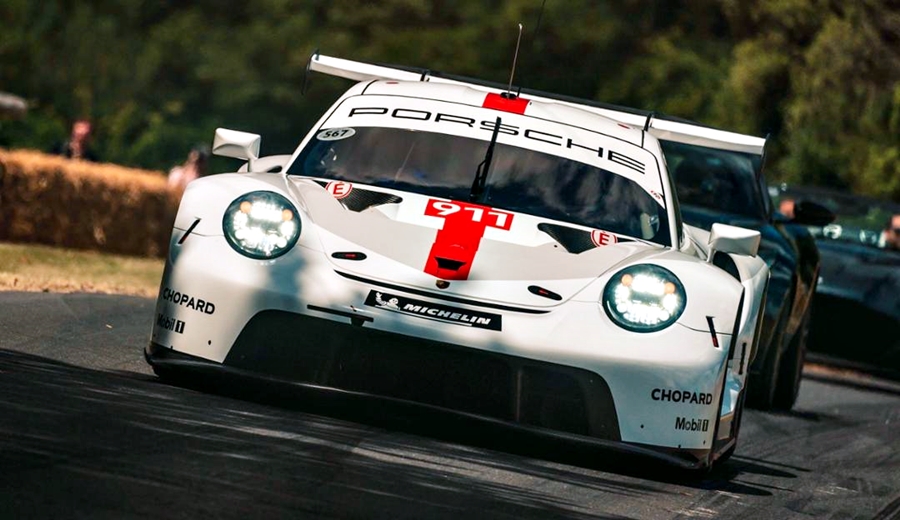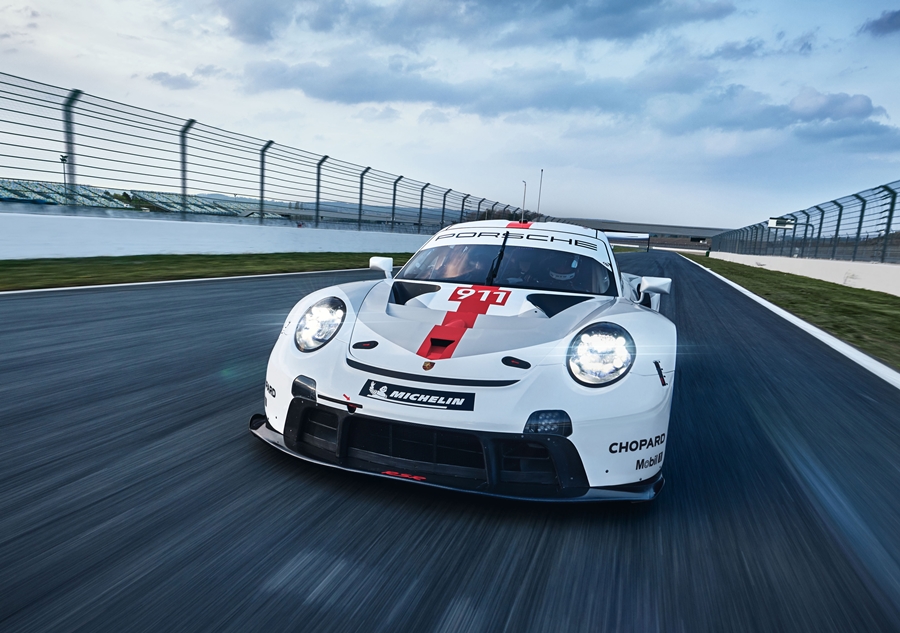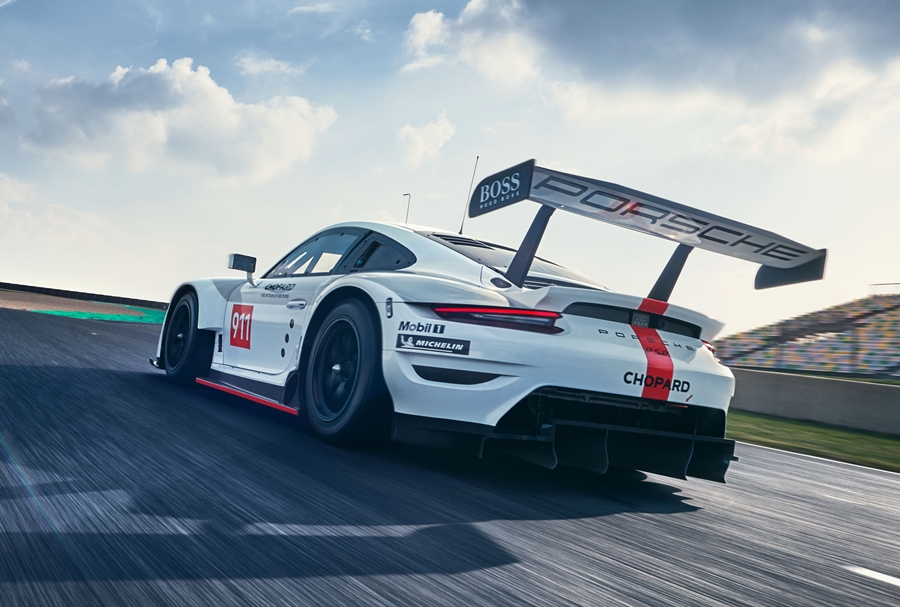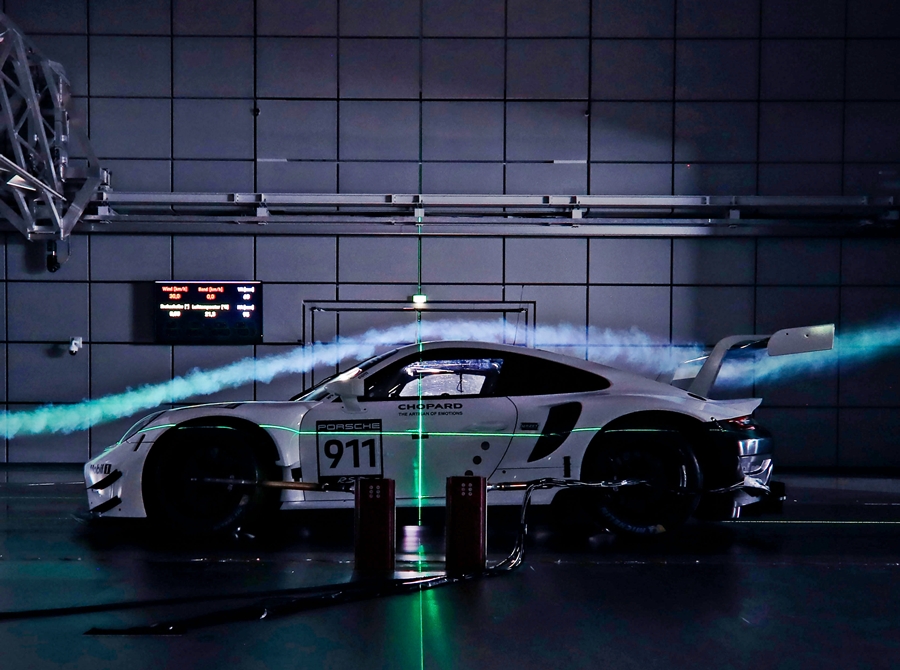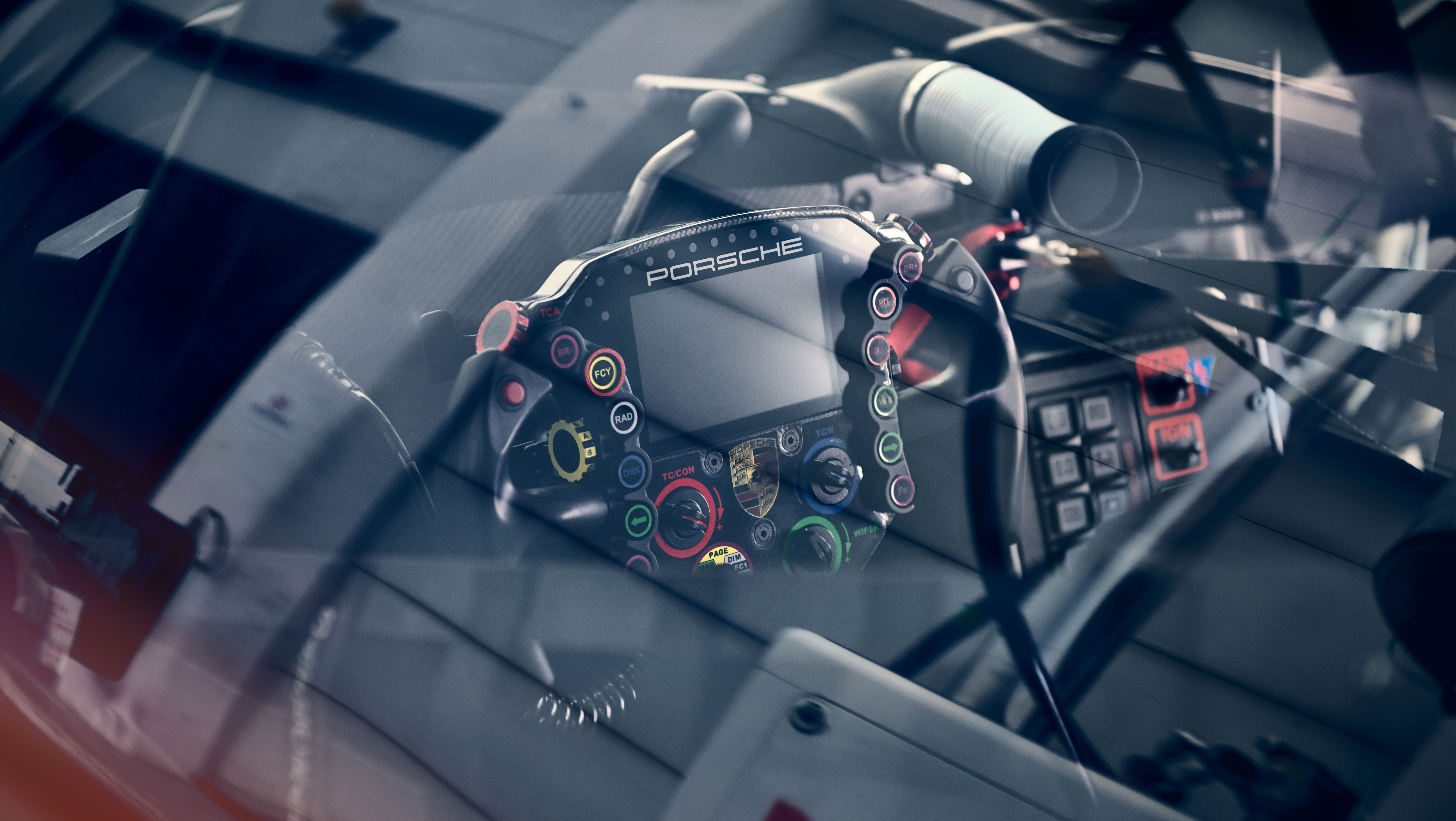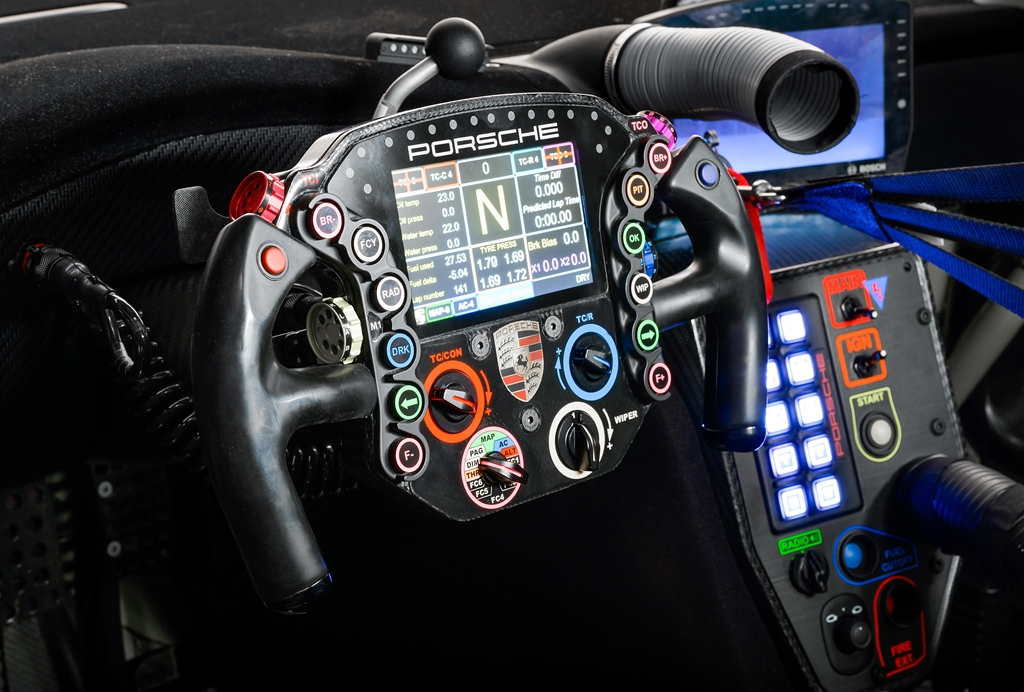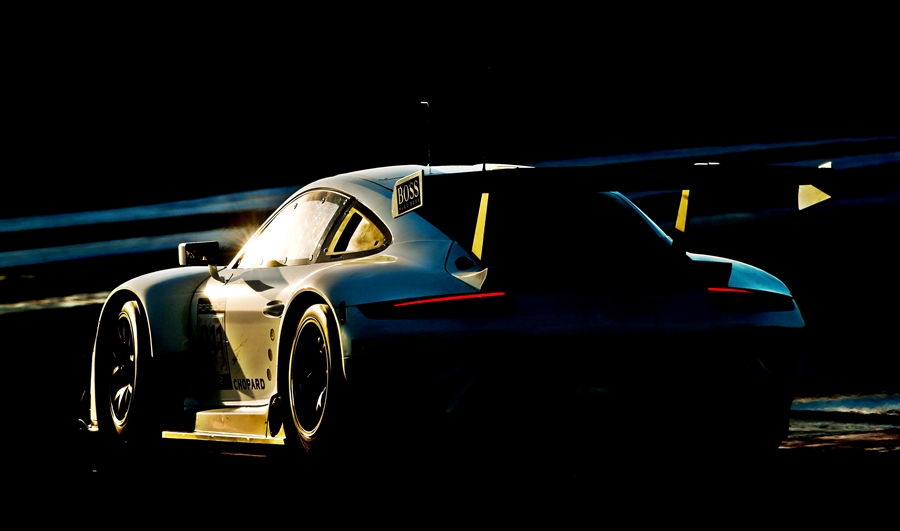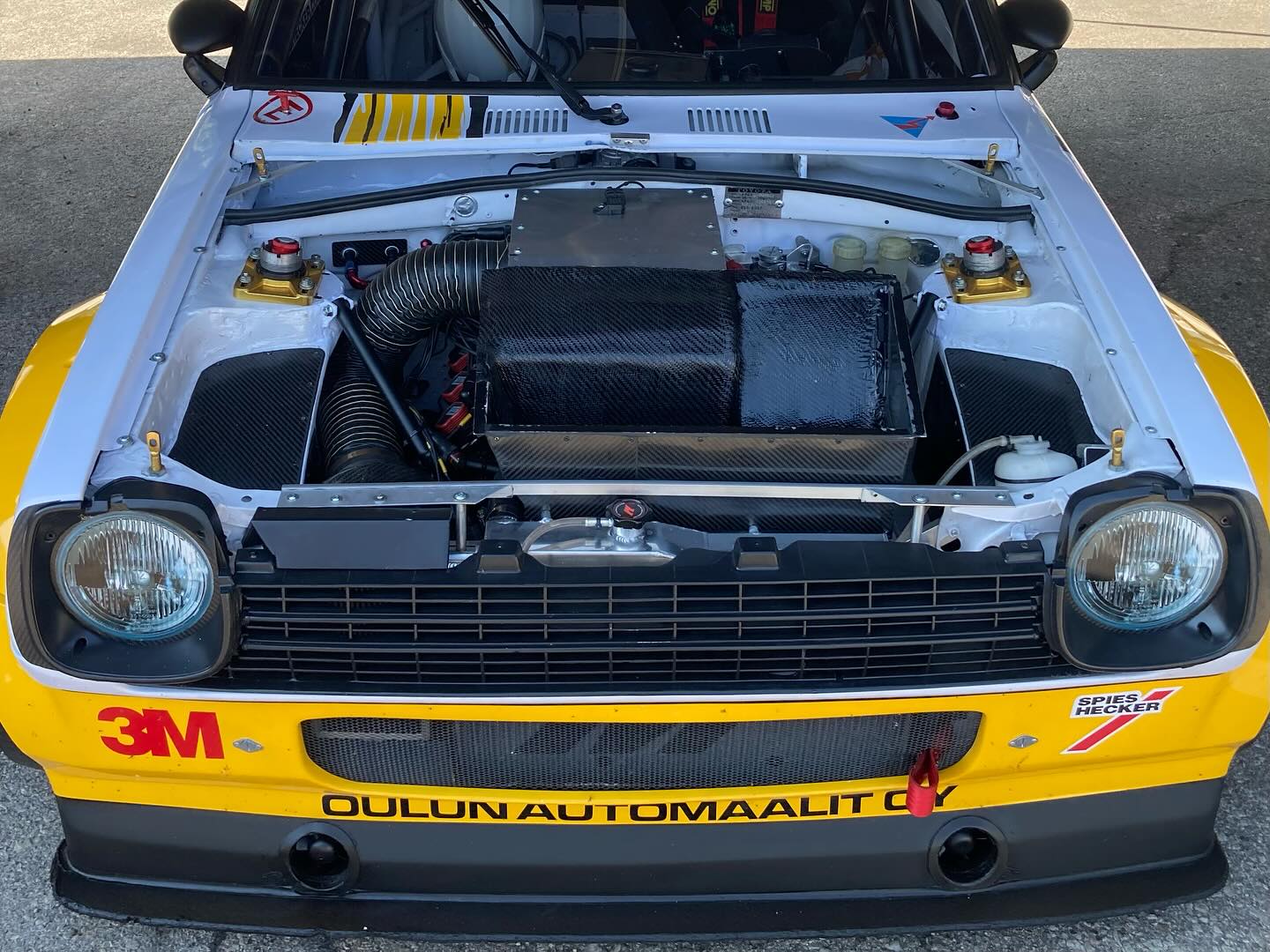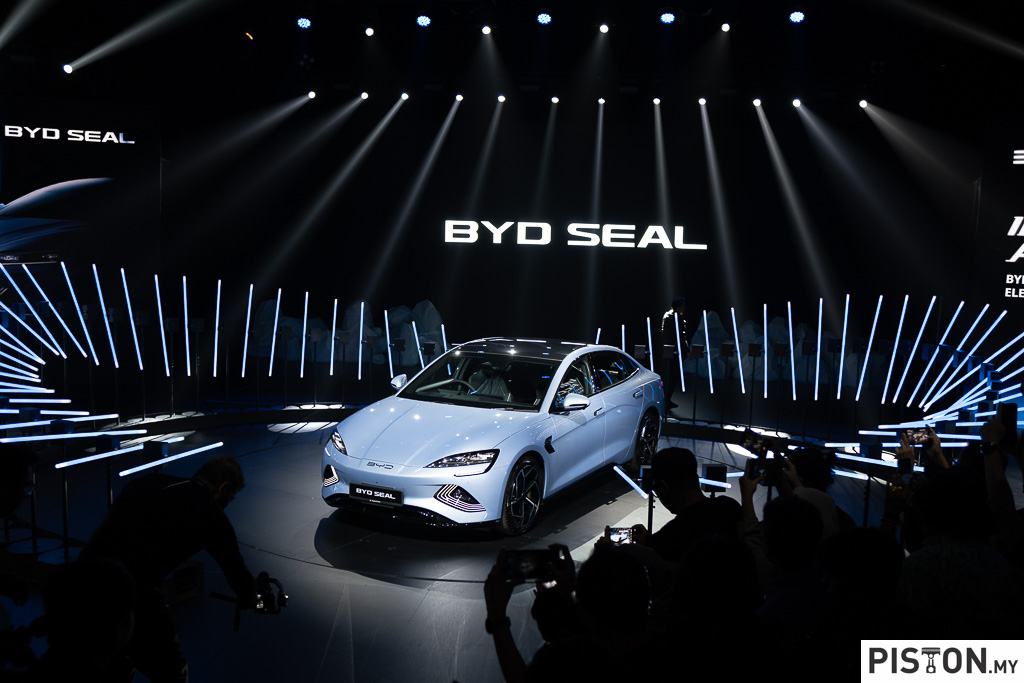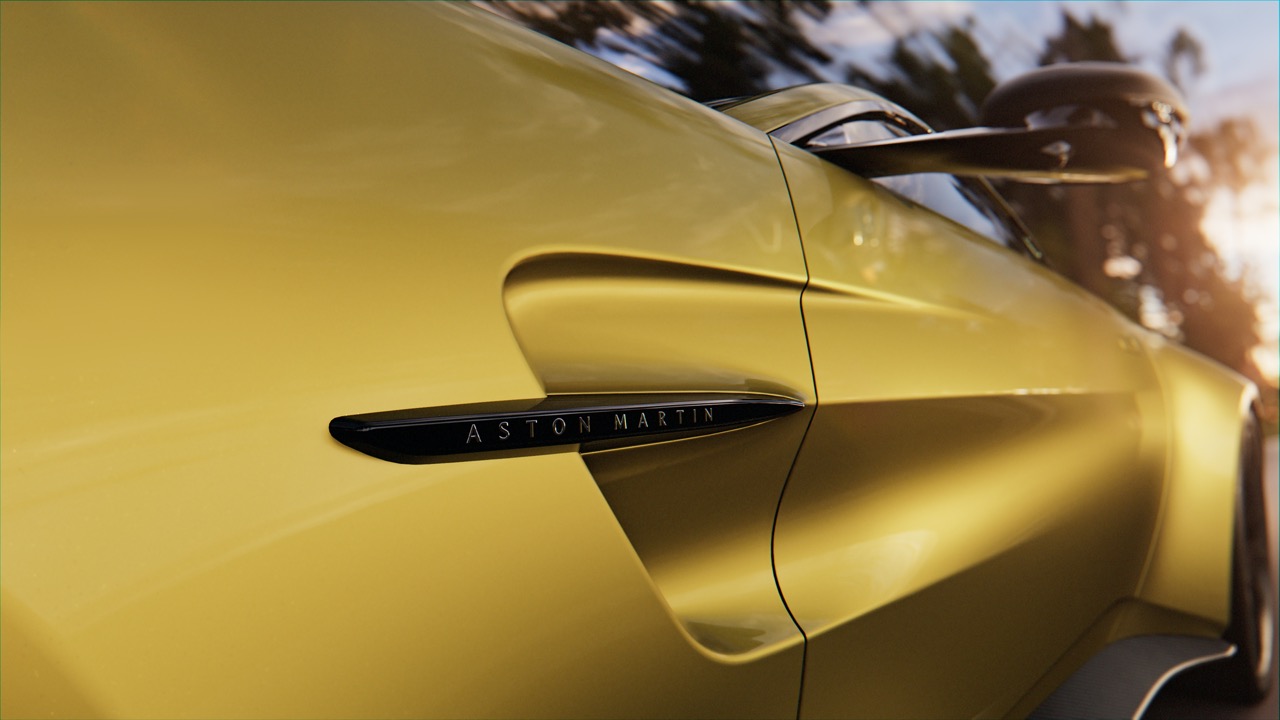Besides the new 718 Cayman GT4 RS, Porsche will also unveil another model at the coming LA Auto Show this weekend. It’s the track-only GT4 RS Clubsport which is for those who want to go racing with a Cayman. Not being street-legal has allowed the engineers to take development to the limit in extracting maximum performance.
The most significant change is the 4-litre 6-cylinder boxer engine, a high-revving powerplant which comes from the 911 GT3 Cup racing car. Installed in the GT4 RS Clubsport, it develops 500 ps – 75 ps more than the previous GT4 Clubsport model.
In addition to many upgraded details, the focus in developing the new 718 Cayman GT4 RS Clubsport was on further improving overall performance. The standard 7-speed dual-clutch transmission (PDK) fitted to the car now uses all 7 forward gears, rather than 6, and all gears have shorter ratios than in the previous model.
Depending on the track and series-specific regulations, the new racing is said to be able to achieve lap times that are over 2% quicker than the previous model. The homologated vehicle is track-ready straight from the factory.
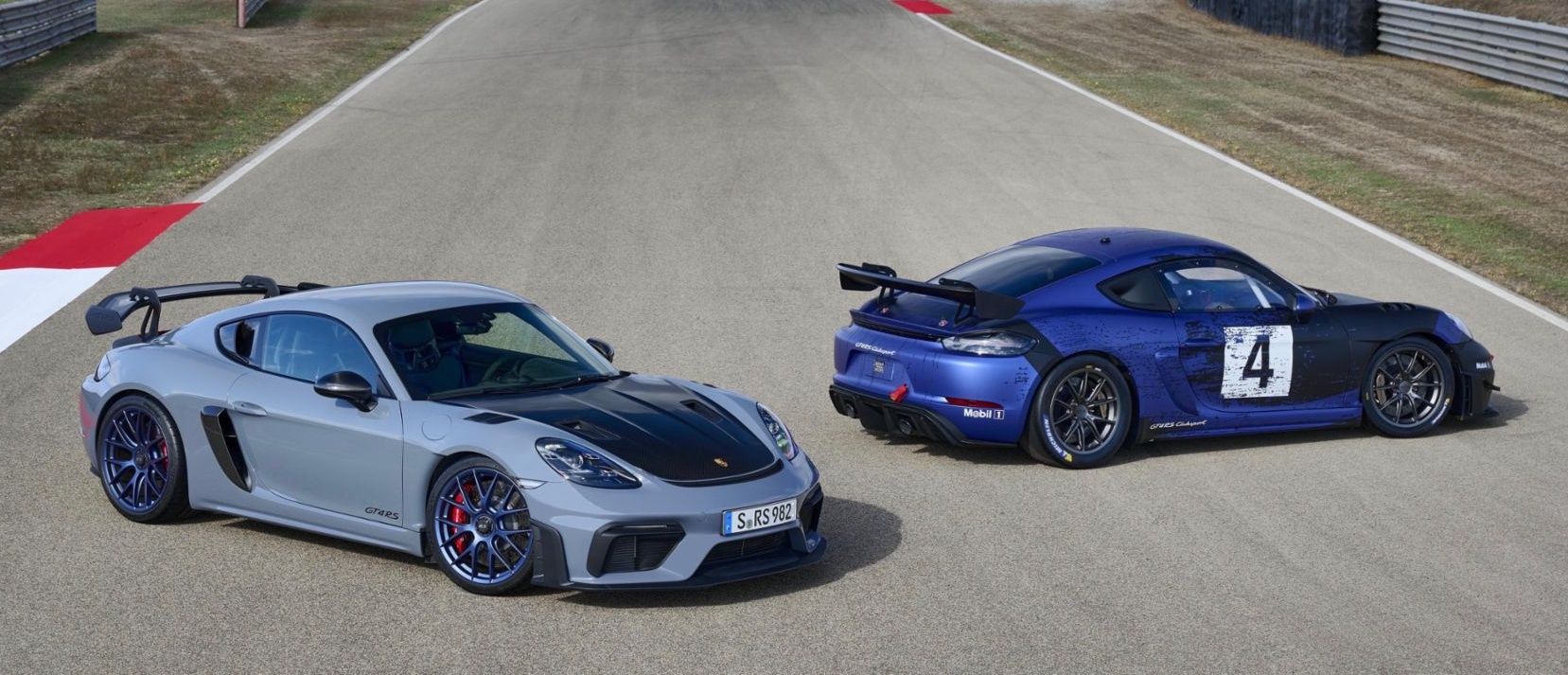
3 years of GT4 Clubsport experience
“We have incorporated our experience of the last 3 years of running the previous GT4 Clubsport as well as customer wishes into the development of the new car,“ said Michael Dreiser, Manager of Sales and Distribution at Porsche Motorsport. “Faster lap times combined with a further improvement in driveability offer our customers a competitive product for the upcoming racing seasons in GT4 class racing competitions around the world.“
Porsche began offering the Cayman GT4 Clubsport of the 981 generation in 2016, entering into this new customer racing format early with a competitive car. A total of 421 units were built prior to 2018. The next generation model, which was based on the 718 Cayman GT4, debuted in 2019. It was also an extremely success car, with around 500 units produced to date.
One of the reasons for the strong demand for these vehicles is due to the low running costs. The use of well-proven series production technology combined with racing-specific components significantly reduces the costs for customer teams.
Improved competitiveness
The latest 718 Cayman GT4 RS Clubsport, priced at US$229,000 (about RM957,000) continues this tradition with better competitiveness. The more powerful engine is almost 18% more powerful than the 3.8 litre engine that was used in the previous model. Thanks to an optimized air intake, maximum power is achieved at 8,300 rpm – 800 rpm higher than before. The new engine, which can spin up to 9,000 rpm, develops 465 Nm at 6,000 rpm instead of the previous 425 Nm at 6,600 rpm. This gives the driver a much wider usable speed band, which makes driving the car much easier for pro-racers and amateur drivers alike.
The Porsche Stability Management System (PSM) is designed specifically for motorsports and includes a switch for traction control, ABS and an updated stability control system.
Modifications to the chassis have also improved the handling. The damper technology has been totally revised to achieve an optimized vehicle responsiveness and better body control. This has had a significant impact on the overall performance of the vehicle and handling. Upgrades include the use of 2-way adjustable shock absorbers with improved characteristics, in addition to adjustable sword-type anti-roll bars front and rear.
The height of the vehicle, along with wheel camber and toe are also adjustable. Furthermore, 3 different spring rates for front and rear axles are now available. Special NACA ducts in the bonnet are designed to direct the airflow more efficiently to the large racing braking system fitted with 380 mm steel brake discs.
Aerodynamics ensure precise handling
Aerodynamics plan an important role in having precise and controllable handling, and this aspect has been given a lot of attention. Front dive planes and an extended front spoiler lip increase downforce at the front axle, with the wheelarch vents in the wings (inspired by the 911 GT3 R) and air curtains specifically designed to calm the air turbulence around the front wheels. The fully enclosed underbody optimizes airflow to the diffuser at the rear of the car.
The previous 718 Cayman GT4 Clubsport was the first ever production racing car to use body parts made of renewable natural-fibre composite material. In the case of the new GT4 RS Clubsport, even more extensive use of this material is made as a whole. In addition to the doors and the rear wing, the bonnet, the wings, the aerodynamic components at the front end and the steering wheel are now made of this material.
The use of this flax-based fibre as an alternative to carbonfibre composite material can now be tested in motorsports for its use in road cars. Porsche has been using motorsports as a test bed for technology, processes and materials potentially capable of being used in road cars for over 70 years now.
Race-ready from factory door
The GT4 RS Clubsport is equipped to enable the owner to go racing with minimum work done. It has a welded-in roll cage and fore and aft adjustable Recaro racing seat, along with 2023-compliant 6-point racing safety harnesses and safety nets as well as a fire extinguisher system. There is also a built-in air jack system with 3 jacks for quick wheel-changes. The new safety foam on the driver’s side meets the international requirements of the SRO racing series.
The FT3 safety fuel cell can take up to 115 litres of fuel, making it suitable for endurance racing. Additionally, Porsche offers two different exhaust systems, allowing the GT4 RS Clubsport to compete at tracks with stricter noise limits. The car is also prepared for the later addition of homologated headlights or openings in the bonnet for fast refueling to enable the car to be converted quickly for nighttime endurance racing.
Porsche Mission R is ‘just a vision’ – but it is ready to race too


